Contributed by SAFRA
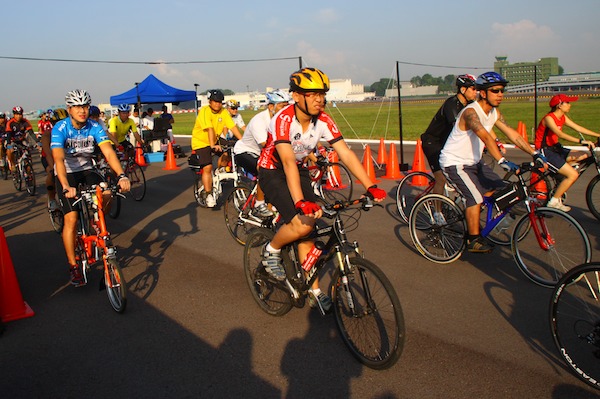
Cyclists taking part in an earlier edition of the event. (photo courtesy of SAFRA)
After a one-year hiatus, the National Runway Cycling & Skating event returns for its 16th edition this Sunday at the Paya Lebar Air Base. It is the only time of the year when the runway is fully opened to the public to take a spin on their bicycles.
This is also the perfect opportunity for budding endurance cyclists to put their fitness to the test. Unlike roads, the runway is clear of disruptive traffic lights that would bring them to a halt every few kilometres.
More than 1,600 cyclists will be participating in the non-competitive 45-kilometre Endurance Challenge, an event that requires perseverance.
Equipment Check
Many unexpected things can happen during an arduous endurance race, and whether the rider finishes the race or not depends on his or her preparations for the unexpected. Prior to a race, everything should be thoroughly tested, to ensure that your bicycle and its components are in excellent condition. If you do lack an aptitude for all things mechanical, leave it to the professionals to service your bicycle.
Always check and make sure that dirt and grime are removed from the wheels and remember to oil all moving parts. Tyres should also be replaced if they are worn out, to attain optimal traction and performance. It is also very important for tyres to be of the right pressure; however tyres that are overinflated run the risk of bursting, and due to slack time, slows you down during the race. However, underinflated tyres are also not ideal as they tend to pick up debris, which might work their way into the tyres, popping the tube. Always check and adhere to the manufacturer’s recommended tyre pressure for the perfect ride.
Carbo-loading
Carbo-loading can make a difference between pain or ease during an endurance race. To improve your athletic performance, you’ll have to learn how to increase the amount of muscle fuel in your body. Carbo-loading has to be done correctly, and the biggest change should always be to your training routine and not your food. By simply reducing your exercise, the extra calories that you have not used can help fuel your muscles. Also, be sure to stick to your own tried and tested high carbohydrate training diet, as any drastic changes will be dire, causing stomach upsets or even diarrhea.
A few days before the event, increase your carbohydrate intake to about 70 percent of your total daily calories. Always remember that you are carbo-loading and not fat-loading. Avoid food that are high in fat content, as they fill up your stomach and fat cells, but leave your muscles poorly fueled.
Hydration
Proper hydration goes a long way towards improving your performance and endurance in a race, as it helps ensure temperature regulation. Dehydration can lead to muscle cramps, fatigue and heat exhaustion, and so it’s vital to stay well hydrated. To many cyclists, it is a challenge to get enough fluids while racing, due to the limitations of the number of water bottles that bicycles can carry, as well as having to take one hand off the handlebars while drinking.
There are some products out there to help fuel you through the race. Sports or isotonic drinks – they provide the necessary electrolytes, carbohydrates and fluids to help maintain optimal blood chemistry, increase endurance, reduce muscle fatigue and promote recovery. Sports gels — they are a portable source of energy and electrolytes. Some athletes prefer to take sports gels as they come in convenient small packets for fast consumption. To get the best of both worlds, some athletes even pour energy gels into sports drinks for maximum effect. It doesn’t matter which method you choose, just try out the options above, and see what works best!

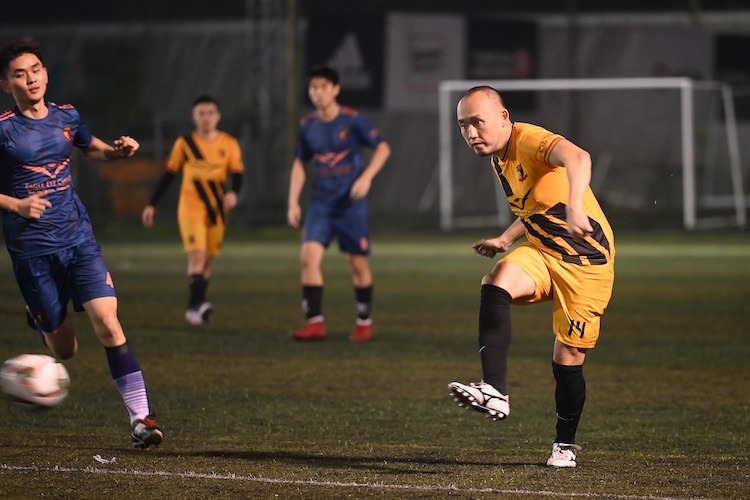

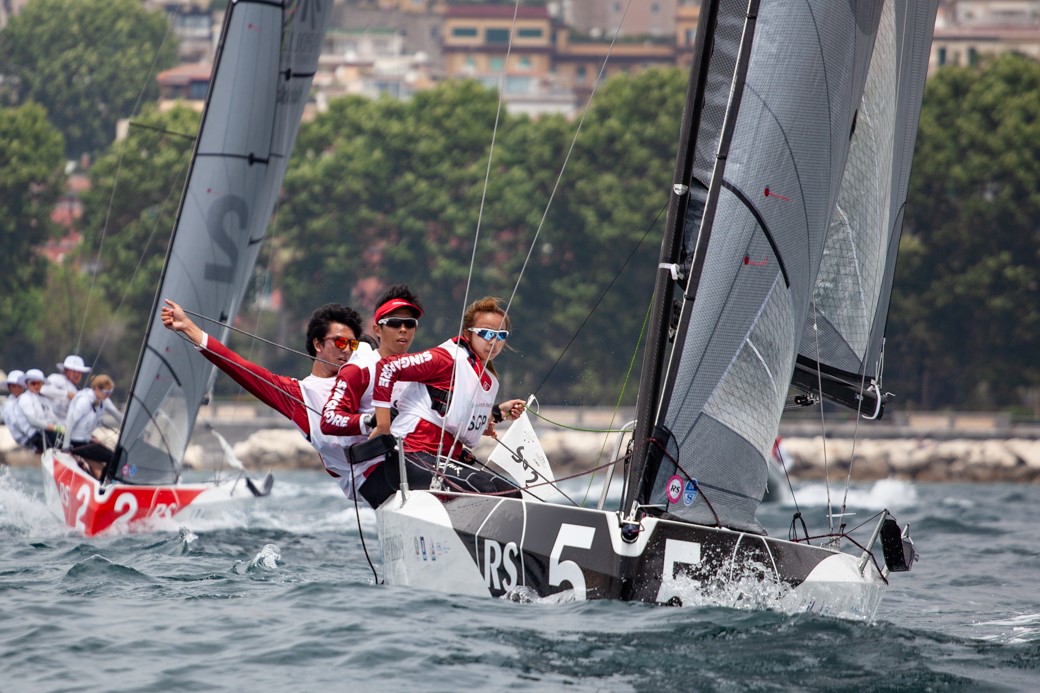
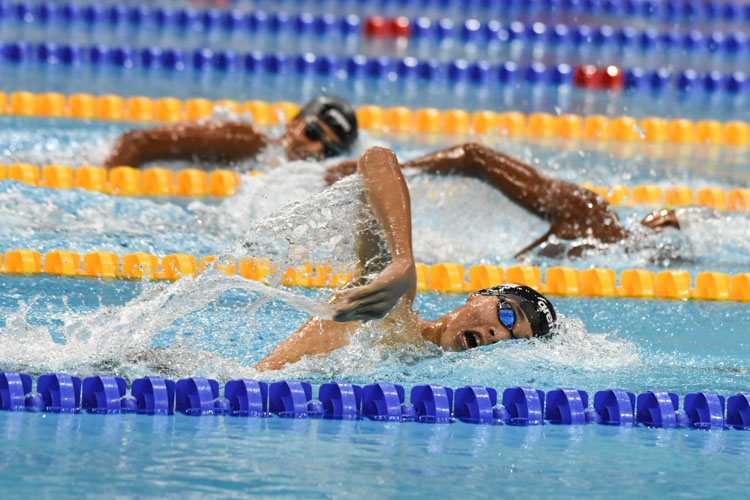
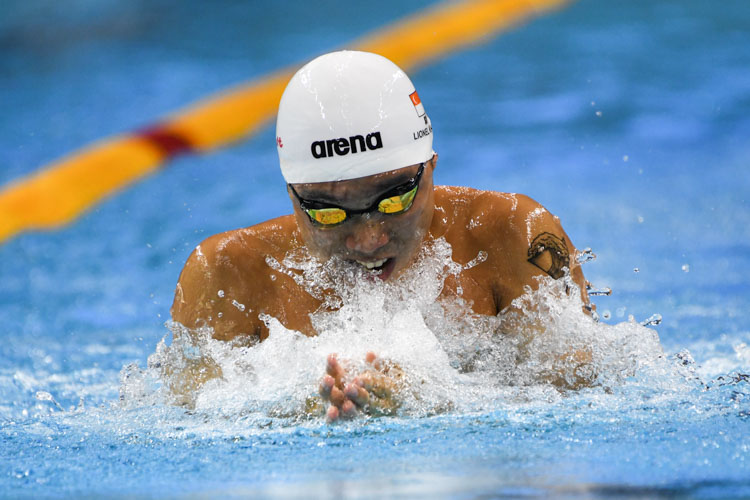

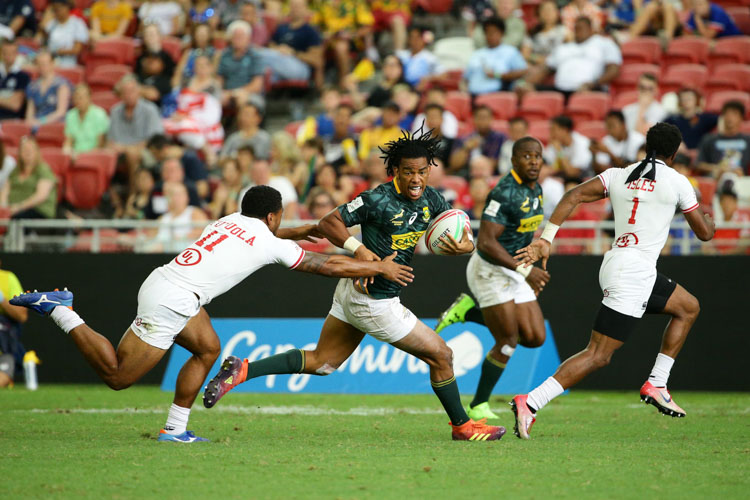
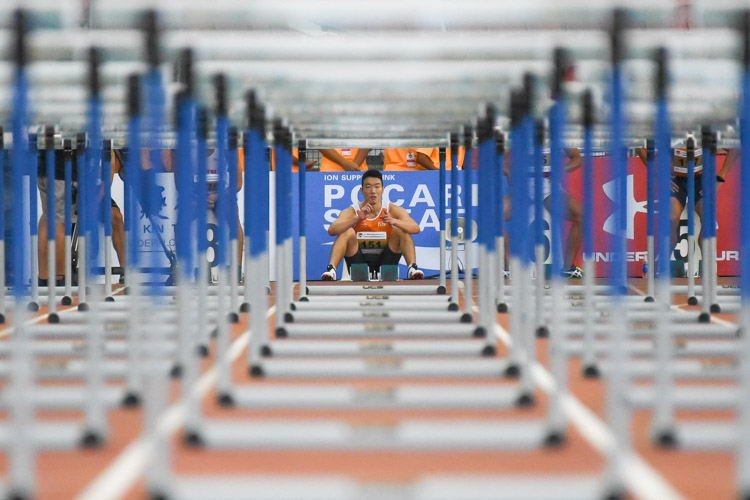
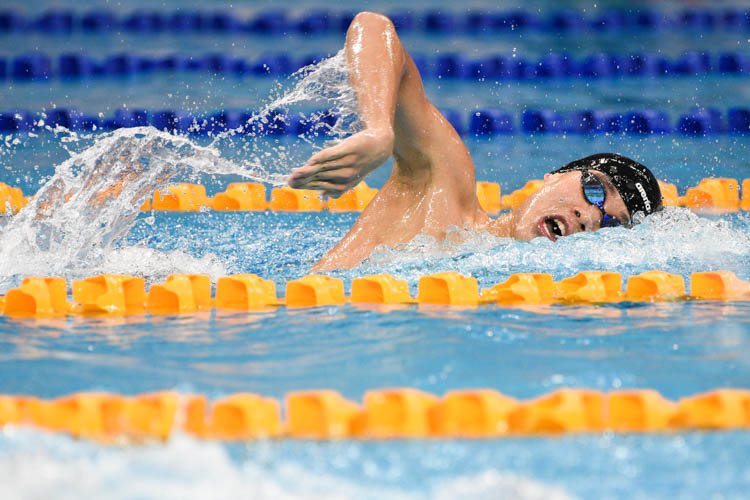
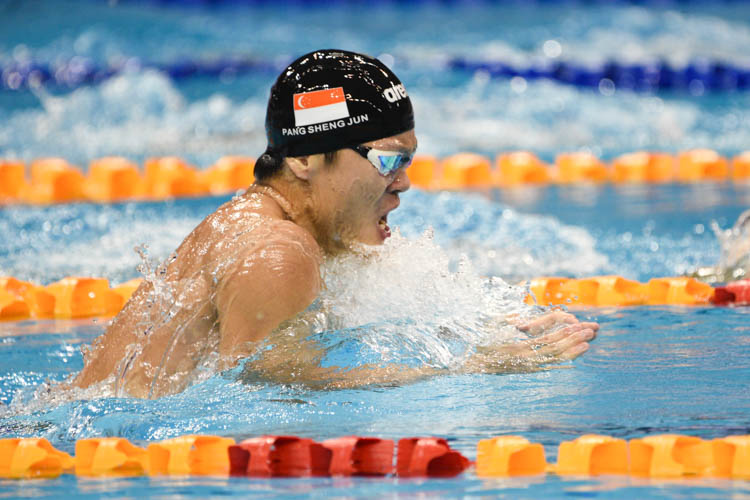
Leave A Comment